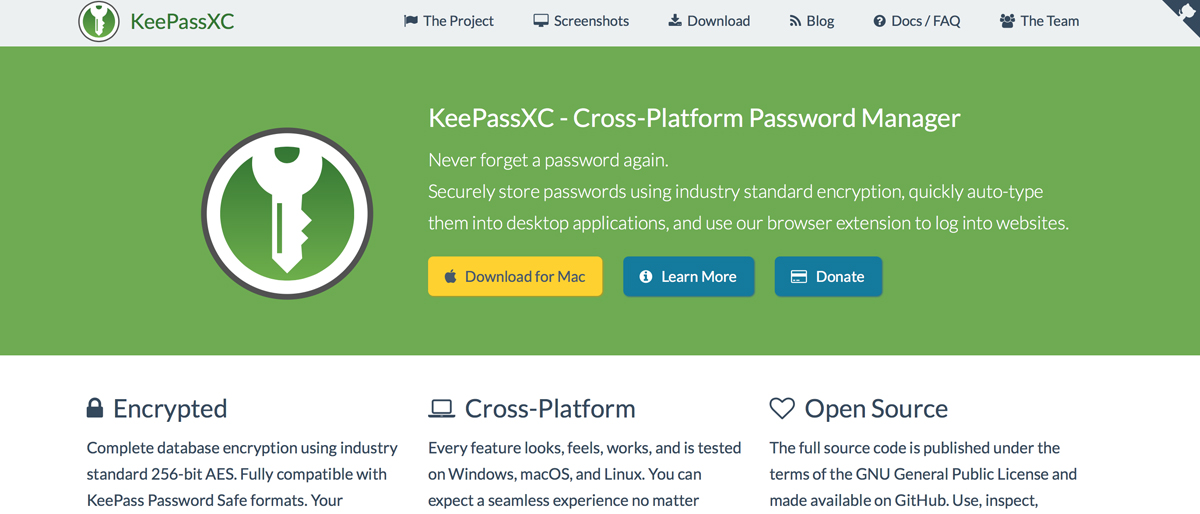TechRadar Verdict
KeePassXC appeals to Linux users who want to handle their own password management offline, but the added effort involved and lack of built-in password sync will frustrate casual users.
Pros
- +
Available for Windows, Mac and Linux
- +
More secure than many cloud-based products
Cons
- -
Outdated interface
- -
No built-in password synchronization
Why you can trust TechRadar
KeePassXC is a community-developed open-source fork of KeePass, one of the best password managers for Windows.
KeePassXC differs from KeePass because it works on Linux, Mac, and Windows. It boasts robust security credentials, impressive cross-platform support alongside the ability to save loads of different information types. This app works for passwords and login details, of course, but it also handles attachments, notes and documents.
It's got a customizable and powerful password generator, great browser integration and easy options to important databases, but it also lacks some of the original software's features, such as plug-in support.
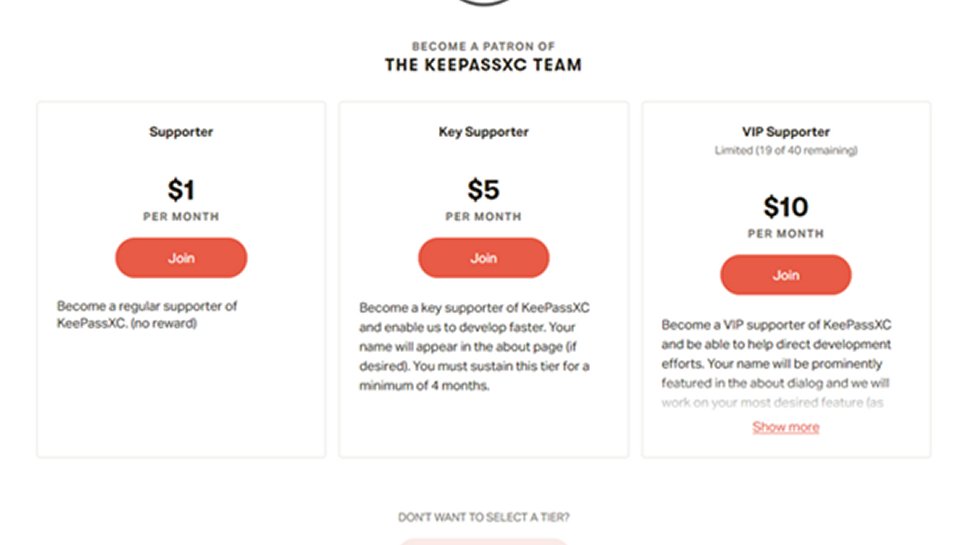
KeePassXC: Plans and pricing
KeePassXC is published under the terms of the GNU General Public License, meaning it's free for all to use. The development team accepts PayPal, LiberaPay and Patreon donations. It's also possible to sponsor the creators directly through GitHub or donate using cryptocurrencies like Bitcoin, Ethereum and Solana.
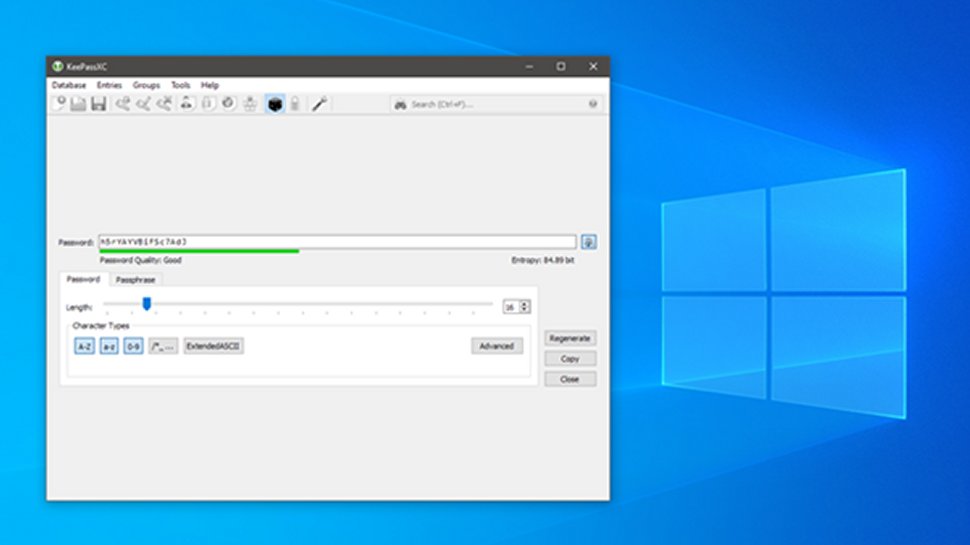
KeePassXC: Setup
Installing and setting up KeePassXC is relatively straightforward. You download the application from the KeePassXC website and run through the simple setup program. Passwords in KeePassXC are stored in secure database files, and you'll be prompted to create a new file or import passwords from a KeePass1 or 1Password file. A master password of your choice unlocks your database, and if you forget this password, the database will be unusable.
Then you'll fill in entries for all of your passwords, optionally adding notes and using the password generator to create secure passwords.
When you've also installed the app's browser plugin it'll work with your KeePassXC installation to automatically fill in your password details online. This only works on computers where you have KeePassXC installed, though, which is less convenient than cloud-based password managers.
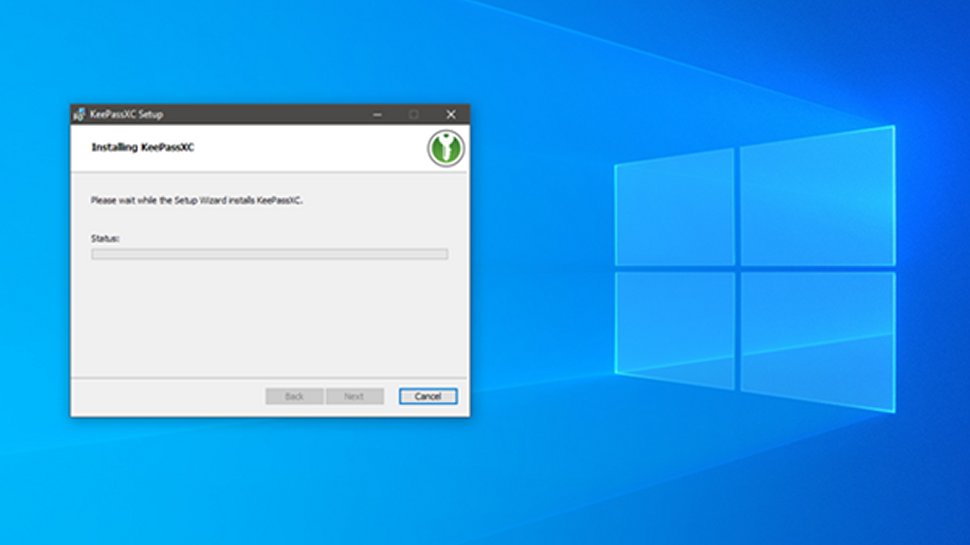
KeePassXC: Interface and performance
Besides its cross-platform support, KeePassXC's most interesting feature is autotype. Selecting a password entry in KeePassXC and hitting an Autofill shortcut key automatically fills in your current application's username and password field. This works in most browsers and desktop applications without requiring a separate plugin.
KeePassXC doesn't have in-built syncing of database files across devices, but as the files are fully encrypted and self-contained, you can sync them on platforms like Google Drive or Dropbox without fear of anyone accessing the data without the master password.
KeePassXC's interface isn't the most modern, but it's designed for functionality. Password entries can be organized into groups, and each password entry has options for URL, expiry data, notes, and icon. You can add attributes and attachments and choose browser integration and auto-typing settings. A password generator with customizable rules can help you create strong passwords.
This core functionality is fine, but KeePassXC doesn't have the resources behind it that you'll find from the big commercial apps – and it shows. The interface is ugly when compared to many others, and you don't get the various template and categorization options that are normal elsewhere.
Other apps include breach detection, weak password checking, options to store sensitive data and whitelisting tools. You can also send self-destructing messages and easily share passwords in other tools. You won’t find any of this in KeePassXC.
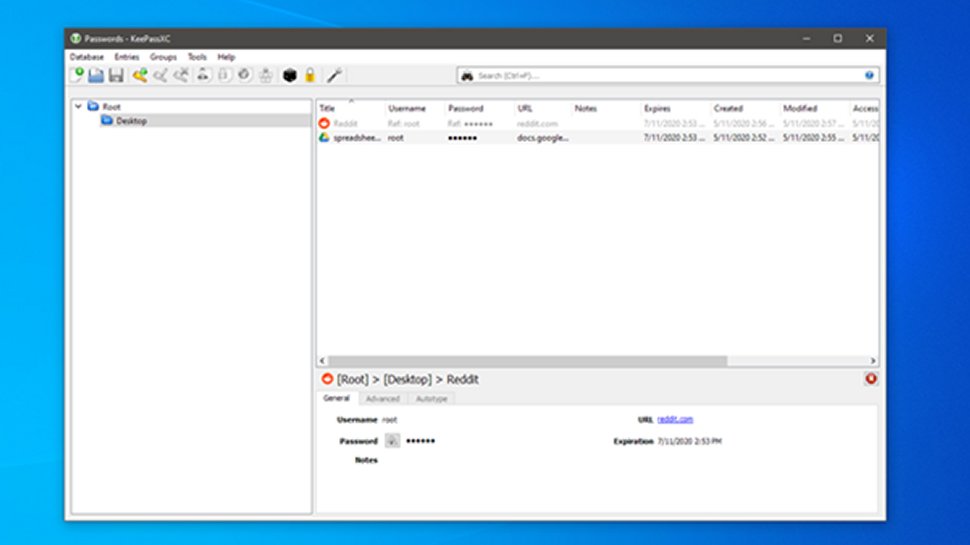
KeePassXC: Security
One of the top reasons to use KeePassXC is you never need to store your passwords on a remote server. Your credentials are stored locally in AES-256-encrypted database files that can only be decrypted using the correct password. Even if a hacker got a hold of your database file, it's useless to them without the ability to decrypt it. You can take this further with two-factor authentication, which means the database file can't be opened unless a key-file is present on the device.

KeePassXC: Support
KeePassXC is open-source software designed for professional computer users, and the relatively basic support reflects this. There's a PDF user manual, an FAQ, and a blog, and that's about it. If you have queries not covered in the FAQ, you can contact the developers through Internet Relay Chat (IRC), and there's a GitHub issue tracker for the software. Thankfully, Reddit's very active and friendly /r/KeePass community discusses all KeePass variants, including KeePassXC.
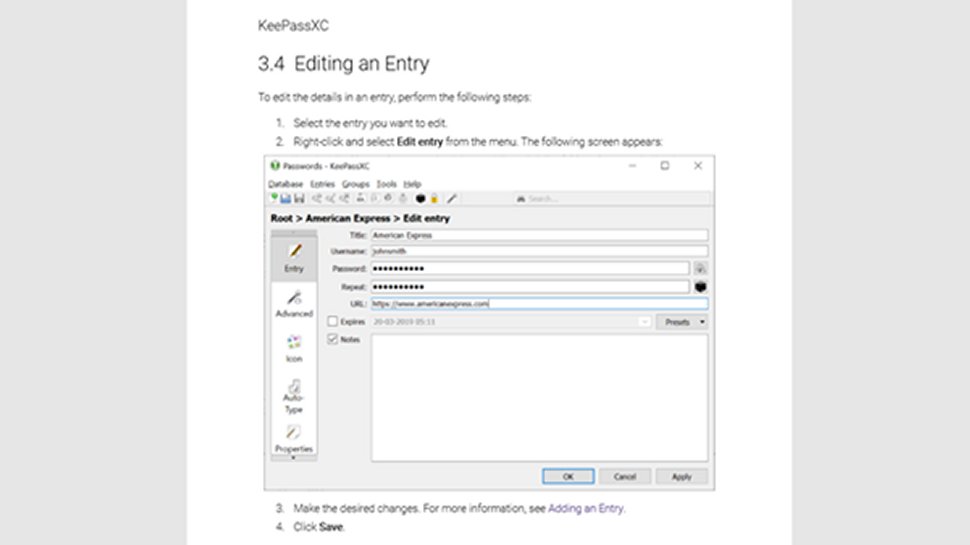
KeePassXC: The competition
Development of KeePassXC began because KeePass was only available for Windows, but now that KeePass is installable on other desktop platforms using Mono, KeePass is a legitimate choice for those who need a cross-platform password manager.
KeePass offers more options and control than KeePassXC, particularly on Windows, so if you plan to use Windows more often, we suggest you check it out. We'd still recommend the native KeePassXC client over KeePass if you primarily work on Linux, as it integrates more cleanly with the operating system.
KeePassXC: Final verdict
KeePassXC is more difficult to use than commercial alternatives like 1Password and LastPass, but it's not targeted at the casual user. KeePassXC gives you complete control over your passwords by storing everything in a secure local file instead of on a remote server, and its autofill function is useful – but the interface is tricky and KeePassXC misses features elsewhere.
We recommend KeePassXC as a tool for power users who want to handle every aspect of their own secure personal data management, particularly those who work on Linux, but most people will find KeePassXC inconvenient compared to cloud-based password managers.
Mike has worked as a technology journalist for more than a decade and has written for most of the UK’s big technology titles alongside numerous global outlets. He loves PCs, laptops and any new hardware, and covers everything from the latest business trends to high-end gaming gear.
